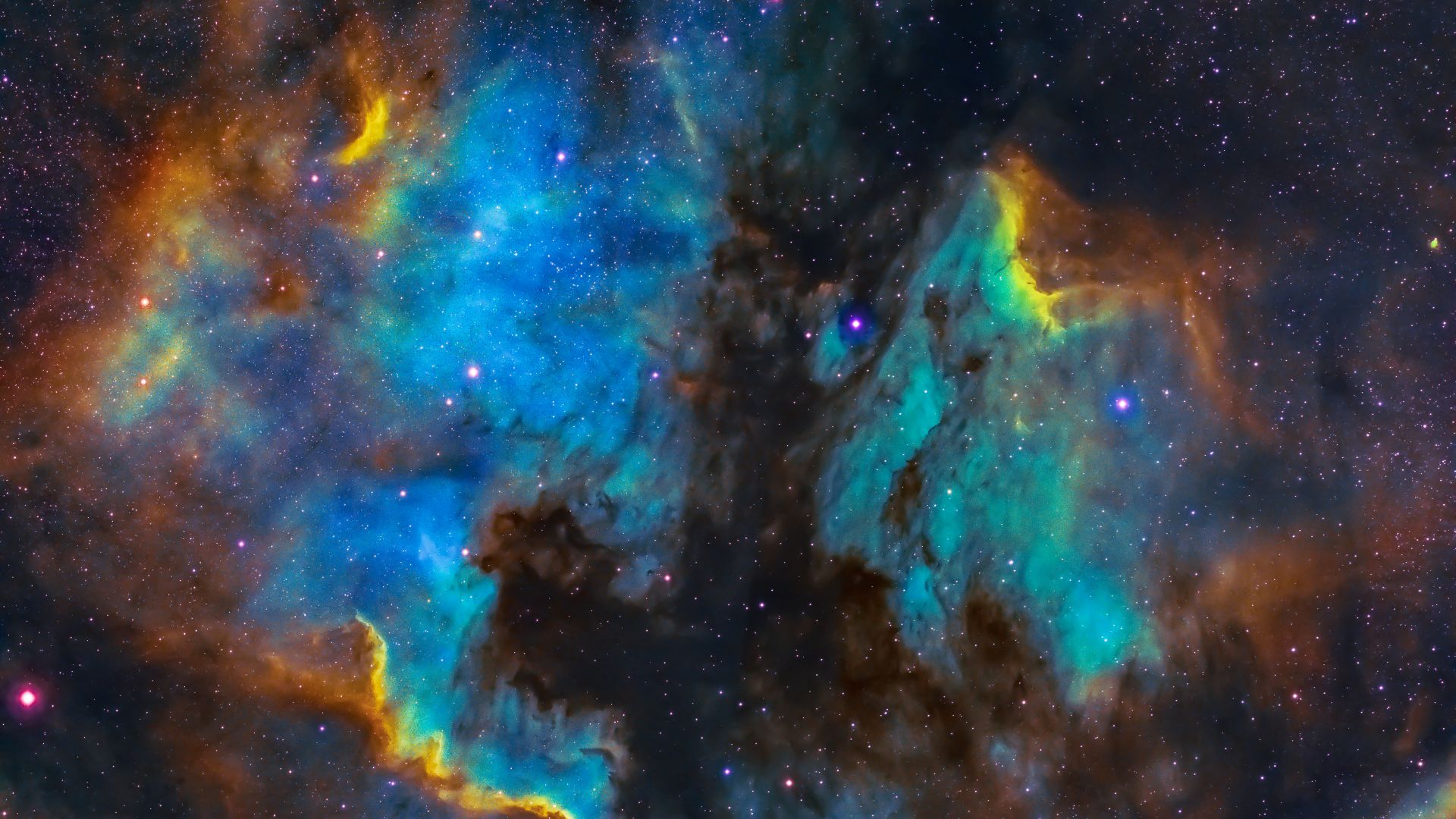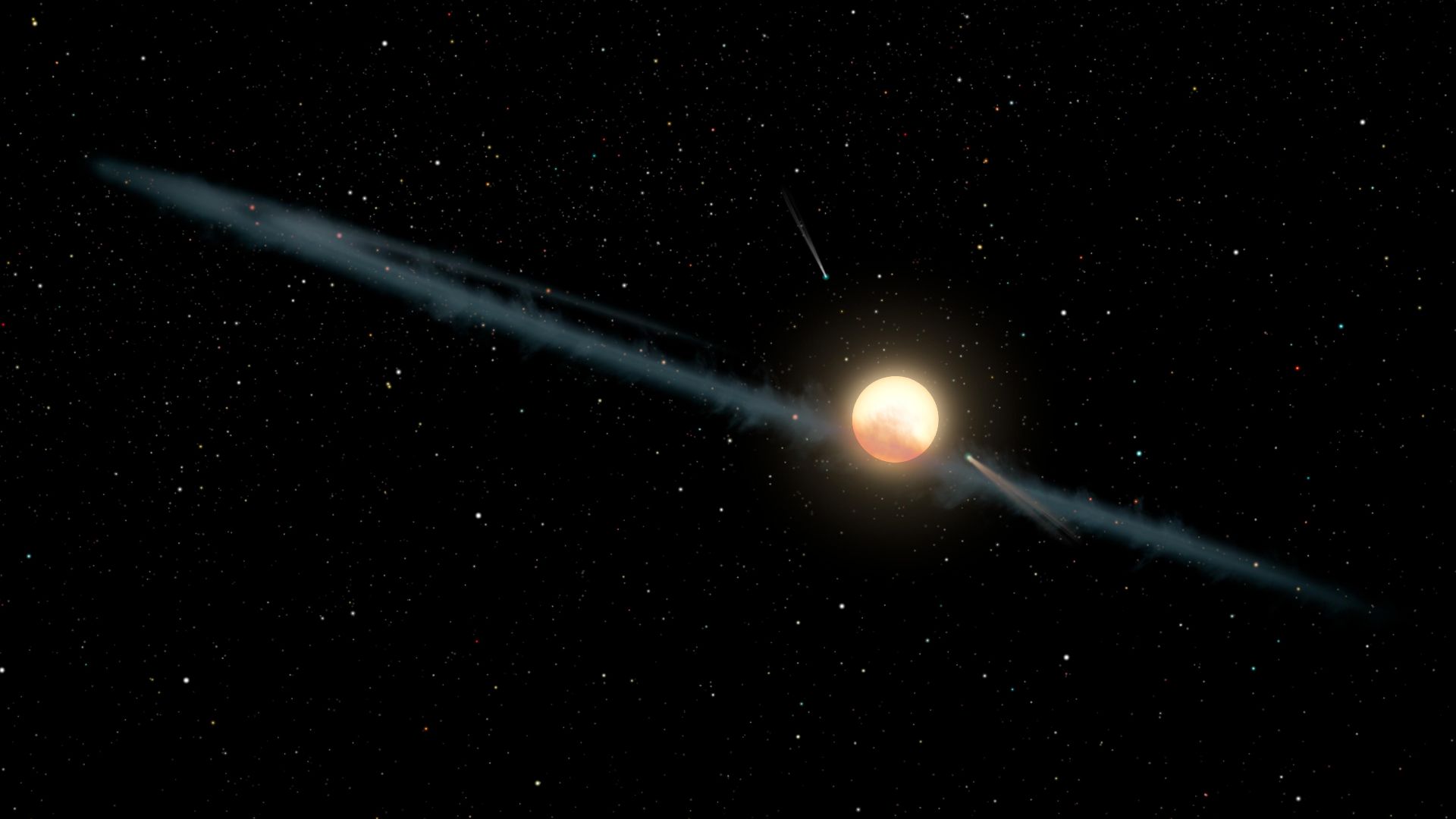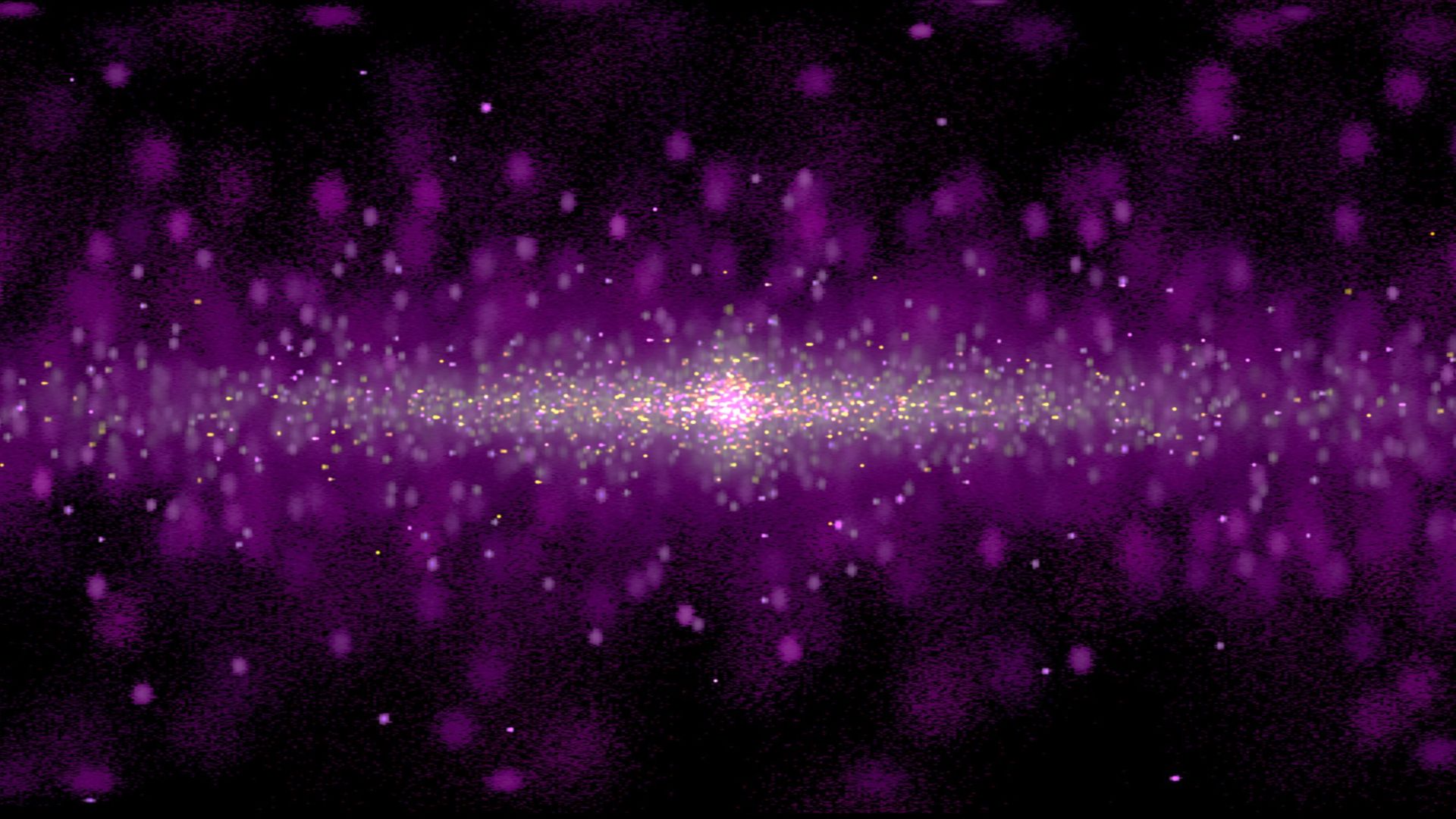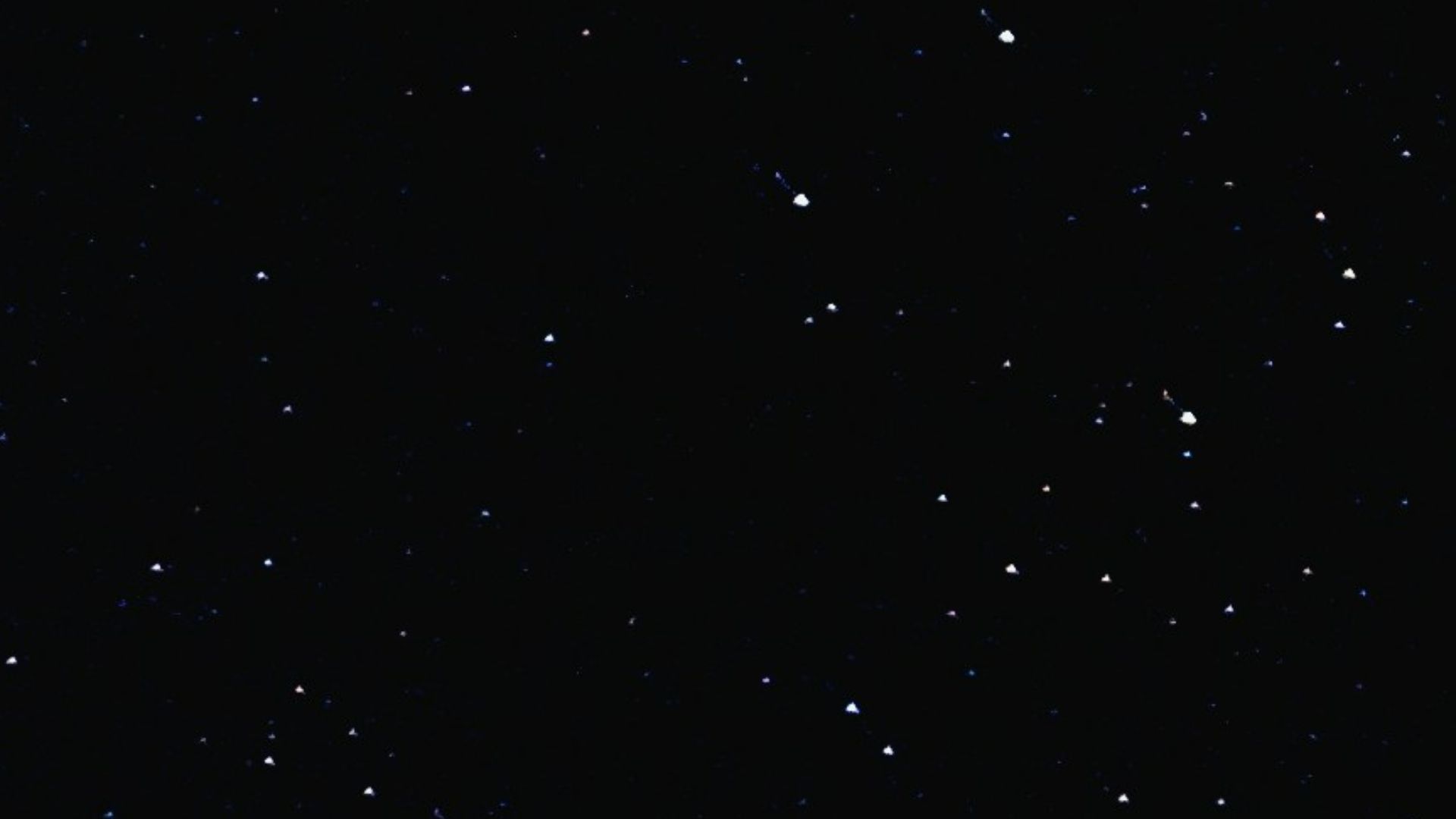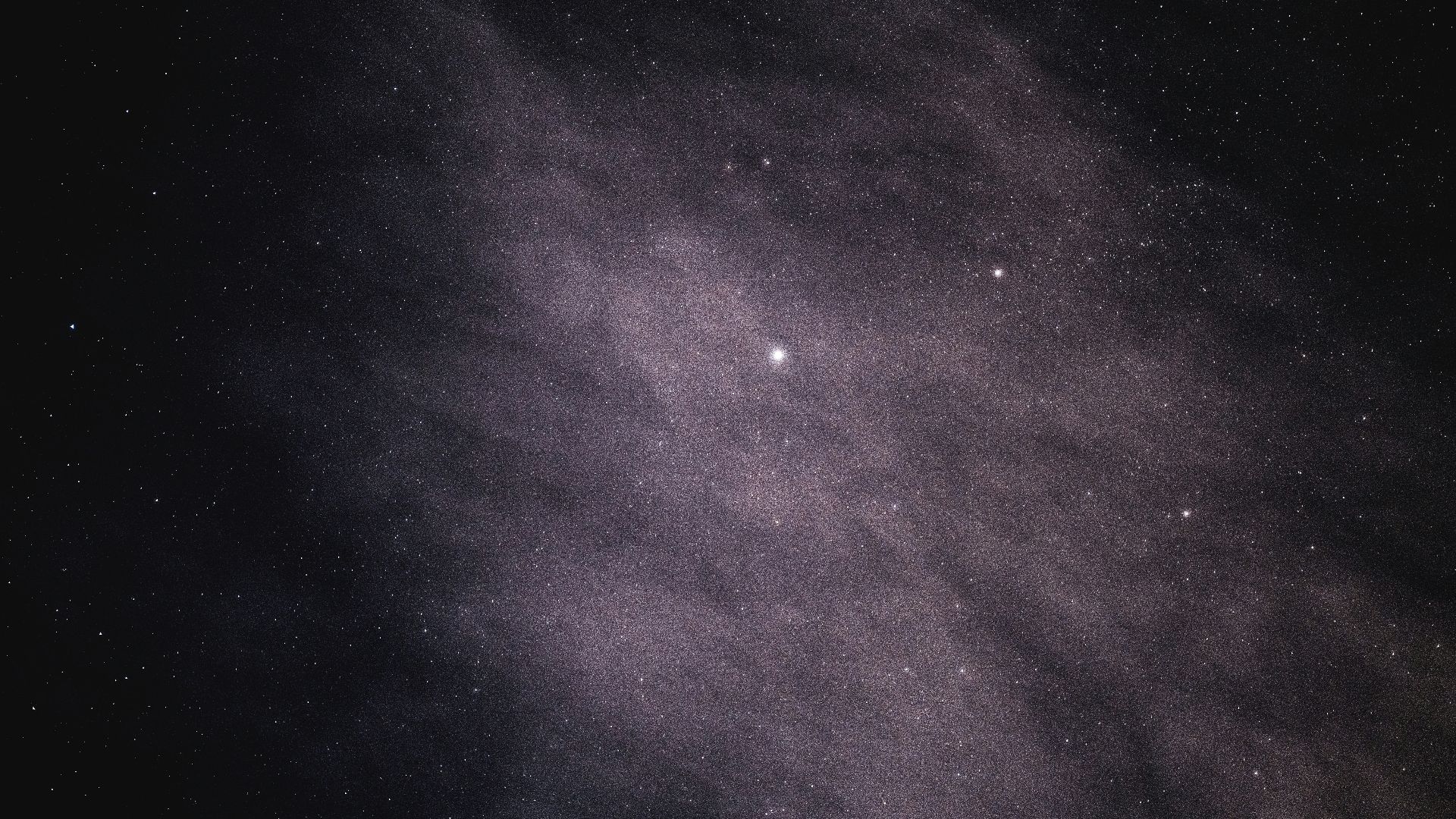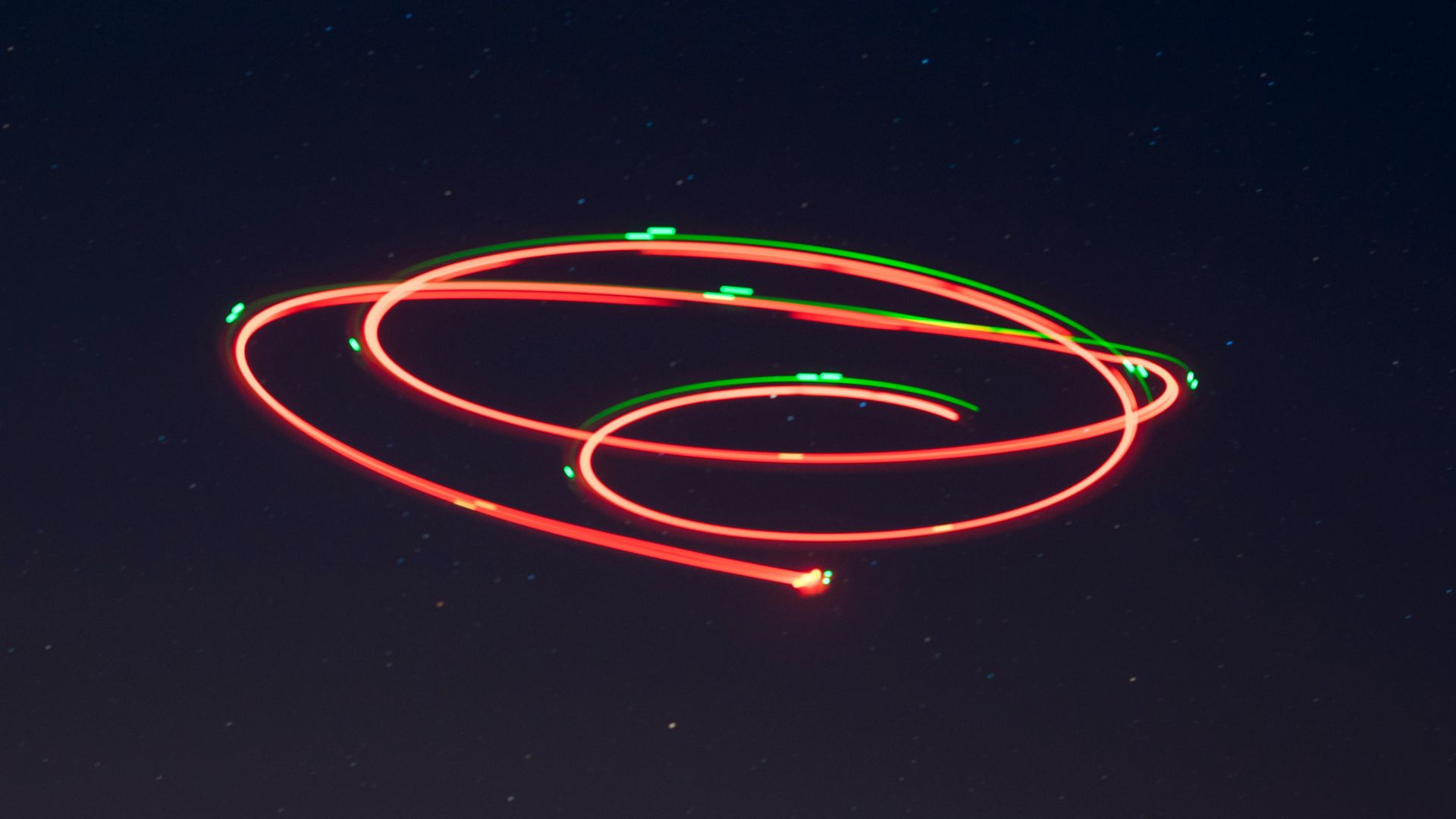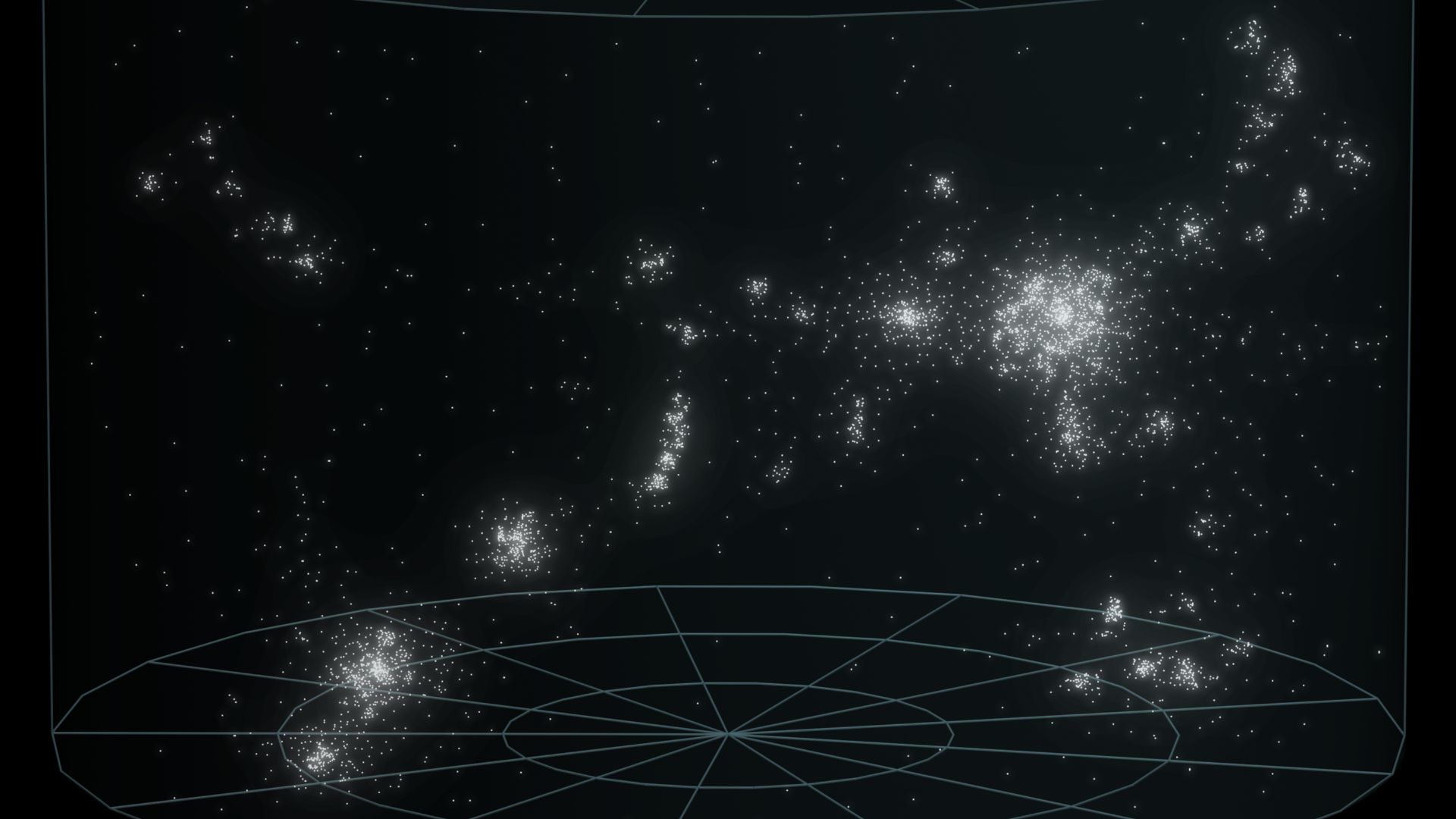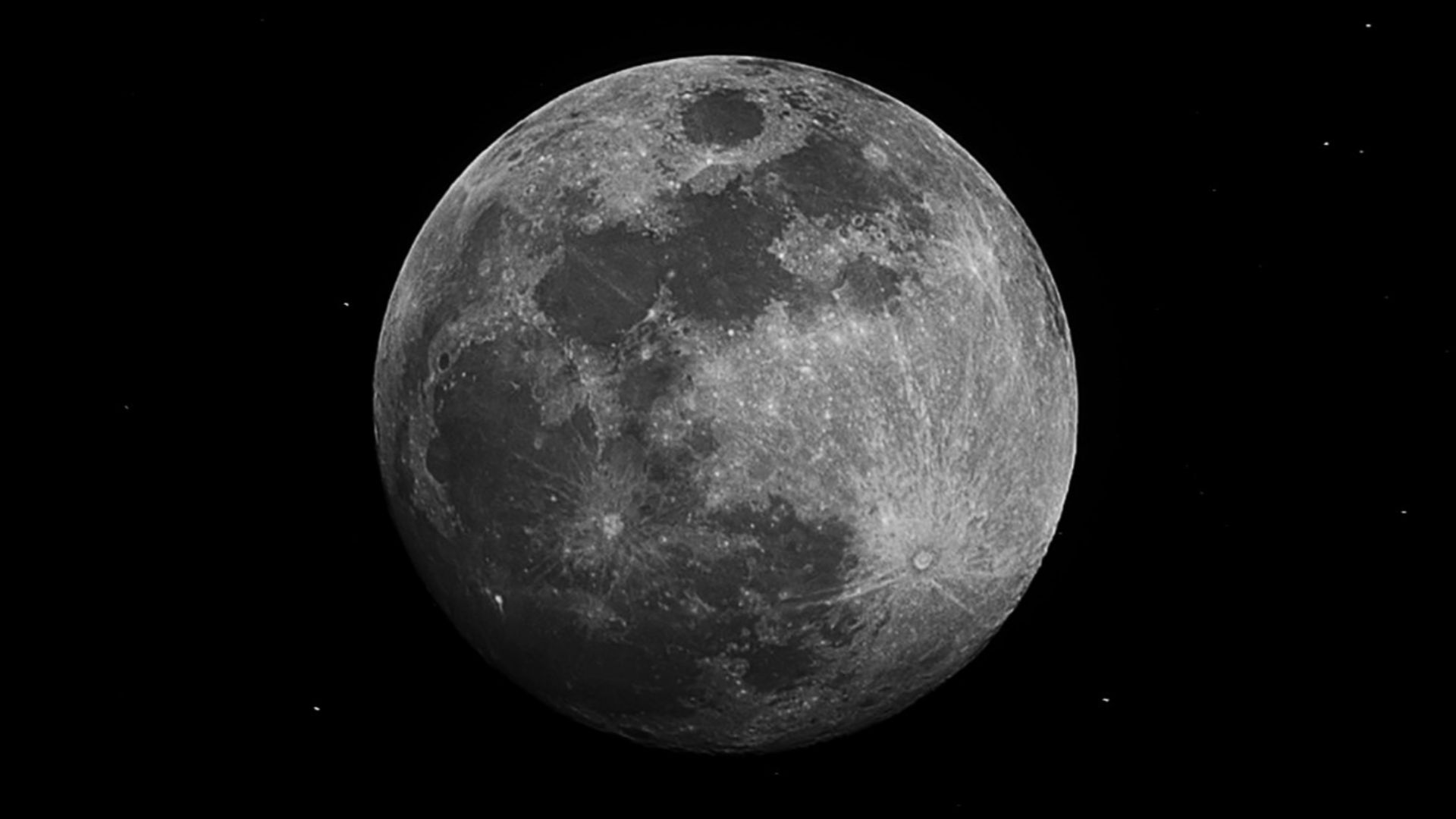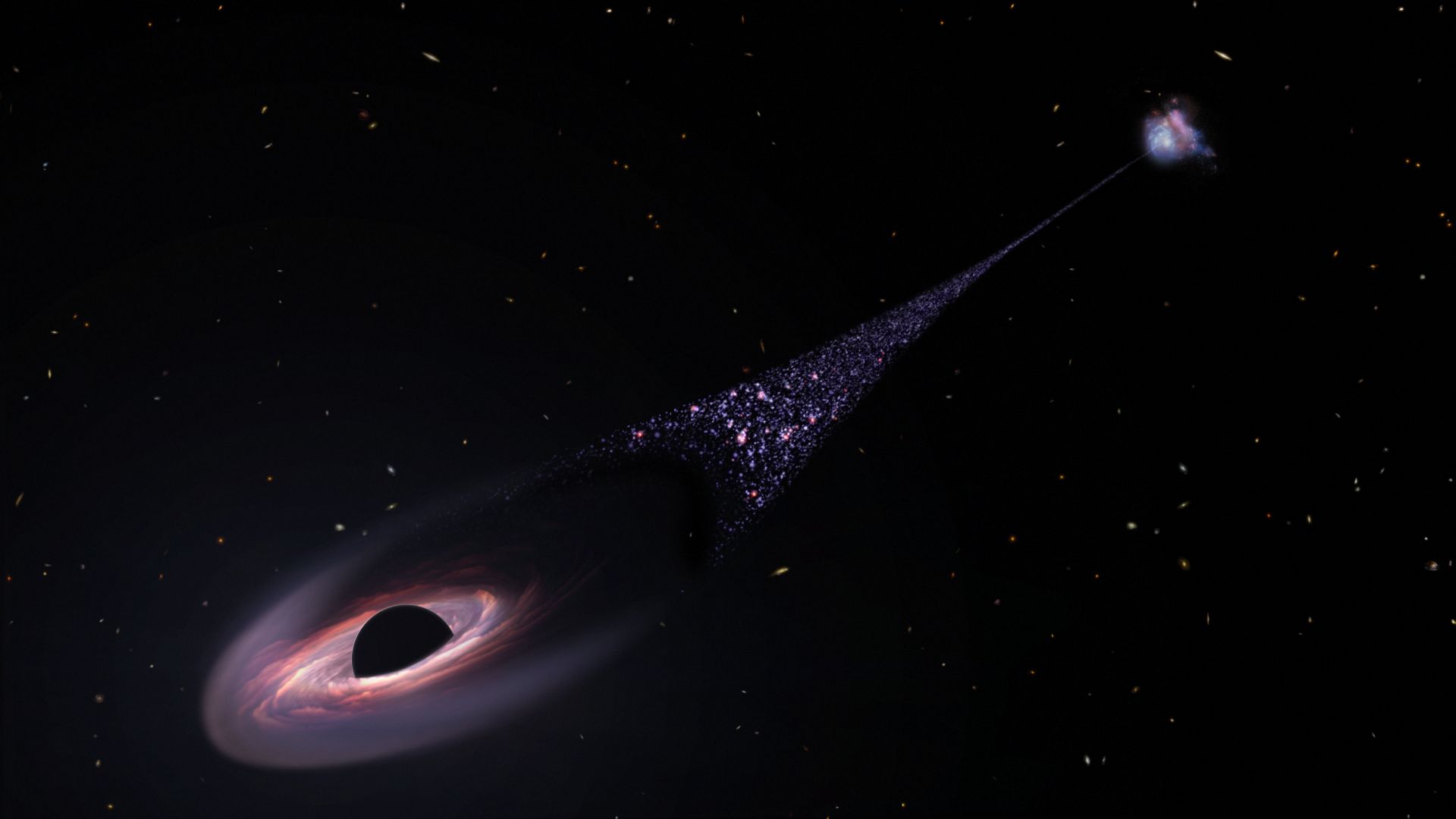Ooooooooooh, You Set My Soul Alight
There is so much of our universe that we haven’t been able to observe, or if we can observe, we simply don’t understand. We are but a speck in the insane gravitational movement that occurs across the universe, and while we try to answer the big question of “where did we come from?”, we get to watch some pretty cool phenomena in the process.
1. Pulsars
A pulsar is an incredibly magnetized rotating neutron star, shooting dense, short beams of electromagnetic radiation. They’re kind of like space lighthouses, but the issue with that is we can only see their pulses when the beams are shot towards Earth. They form from a collapsed core of a star, hence the intensity of their magnetic fields.
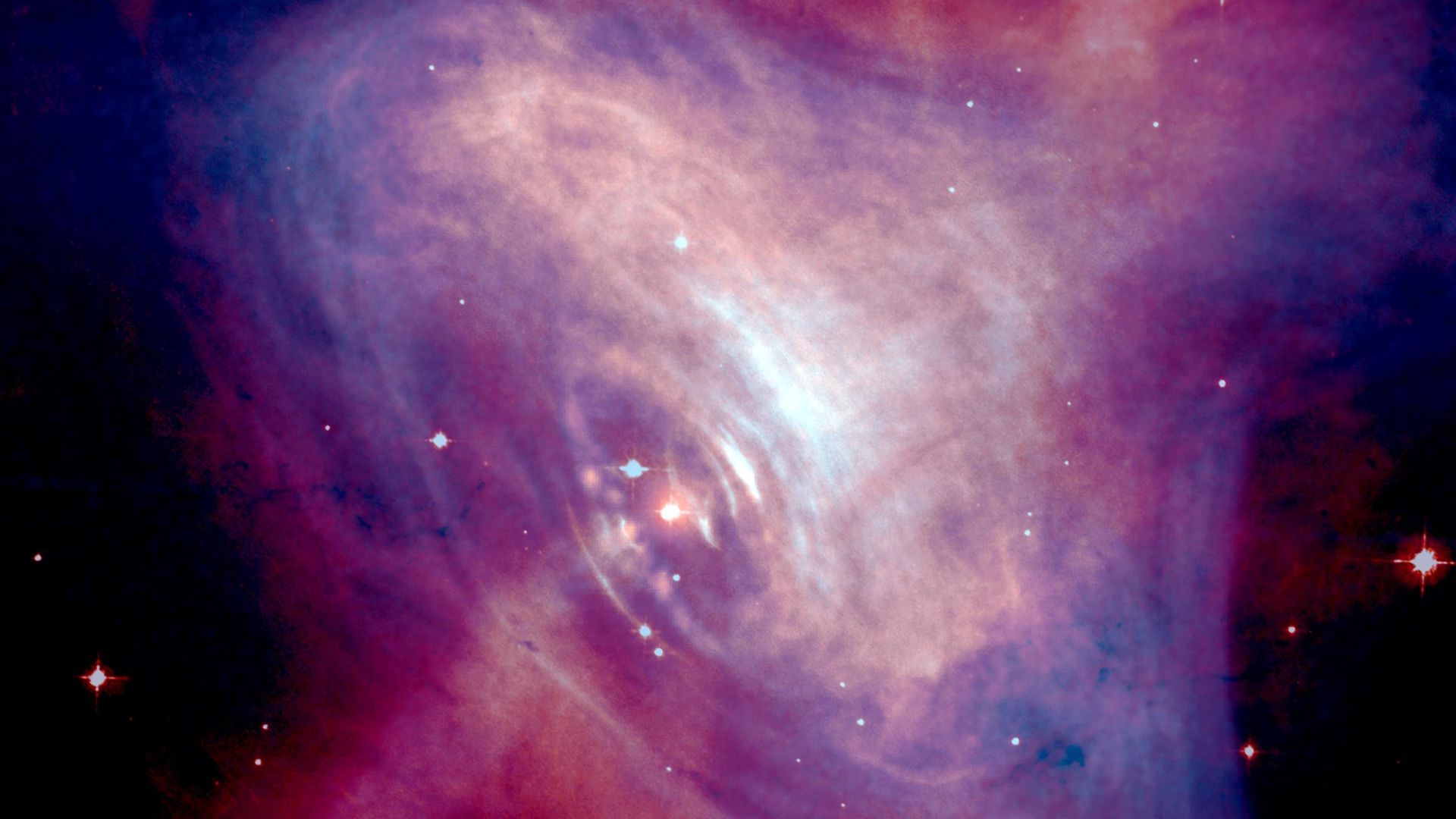 Optical: NASA/HST/ASU/J. Hester et al. X-Ray: NASA/CXC/ASU/J. Hester et al. on Wikimedia
Optical: NASA/HST/ASU/J. Hester et al. X-Ray: NASA/CXC/ASU/J. Hester et al. on Wikimedia
2. Tabby’s Star
This star is located about 1,500 light-years away from us, in the Cygnus constellation. It’s categorized as an F-Type star, making it a little larger and hotter than our very own sun. Tabby’s Star is a bit of an odd one, as it’s known for sporadic dimming and brightening sequences. Astronomers still don’t know why this phenomenon occurs.
3. The Boomerang Nebula
We’ve heard all about our ancient star systems, but have you heard about a young star system? Said to be the coldest natural place in the universe, this nebula has an interior temperature of 1 Kelvin, or -272.15 degrees Celsius.
 NASA Hubble Space Telescope on Unsplash
NASA Hubble Space Telescope on Unsplash
4. Fast Radio Bursts
First discovered in 2007, these unexplained phenomena involve a millisecond to three-second-long radio wave exploding from a galaxy far, far away - like 2 billion light-years far away. The galaxy itself is believed to be dead, but space math allows us to view this ancient energy transmission with ease.
5. Gravitational Waves
Also known as gravitational radiation, these spacetime waves distort and curve the speed of light. They were theorized back in the 19th century, and most popularly by Mr. Einstein, but were only confirmed as real as of 2015.
6. Dark Matter
While widely considered to be real by the scientific community, we don’t actually have direct evidence to prove that this phenomenon is real. Dark matter is a term that’s used to describe invisible forms of matter that don’t interact with light or other types of radiation, which makes it incredibly difficult to accurately observe.
7. Oort Cloud
This hypothetical phenomenon is believed to be a large cloud of billions of icy planetesimals (solid space objects) that surround our sun, or our entire solar system. Unfortunately, scientists have been unable to prove their existence as of yet.
8. Odd Radio Circle
This unexplained phenomenon is massive, stretching over 3 million light-years of space. This object was discovered in late 2019, and is widely recognized by its bright green circular shape, aka, an amass of radio wavelengths.
9. Enceladus’s Plumes
Enceladus is one of Saturn’s largest moons, spanning 500 km in diameter. Unlike its siblings, Enceladus has geysers of gas and other icy particles that constantly erupt from the moon’s south pole. Scientists are quite interested in this moon, as it could be considered habitable due to the existence of water on the planet’s surface.
10. The Great Attractor
Everything, and we mean everything, in space is being pulled towards a massive gravitational focal point. This mysterious magnetic force is located in the Laniakea Supercluster, but is hidden from view thanks to the stars and dust from our own galaxy.
 NASA and the European Space Agency. on Wikimedia
NASA and the European Space Agency. on Wikimedia
11. Virgo Supercluster
It’s like a galactic meet-and-greet in space, all the time. The Virgo supercluster contains at least 100 galaxy groups across 110 million light-years. The cluster is likely a part of the larger framework of the great attractor, acting as a gravitational well for galaxies near and far.
12. Rogue Planets
Either exiled or self-made, rogue planets are common findings in our galaxy. They’re occasionally created by a concentration of gas and dust, like stars, but have no parent galaxy to join. Ejection is the more common cause, and usually occurs when a larger planet disrupts gravitational interactions, whipping a planet into the great unknown.
13. Jupiter’s Red Spot
We don’t usually like to point out someone’s acne, but our big solar system sister (say that 5 times faster) has a constant high-pressure system that’s larger than our very own Earth. Astronomers still don’t know what causes the storm to be red or orange in color, but a combination of the high heat and lack of solid surface is likely what’s causing the storm in the first place.
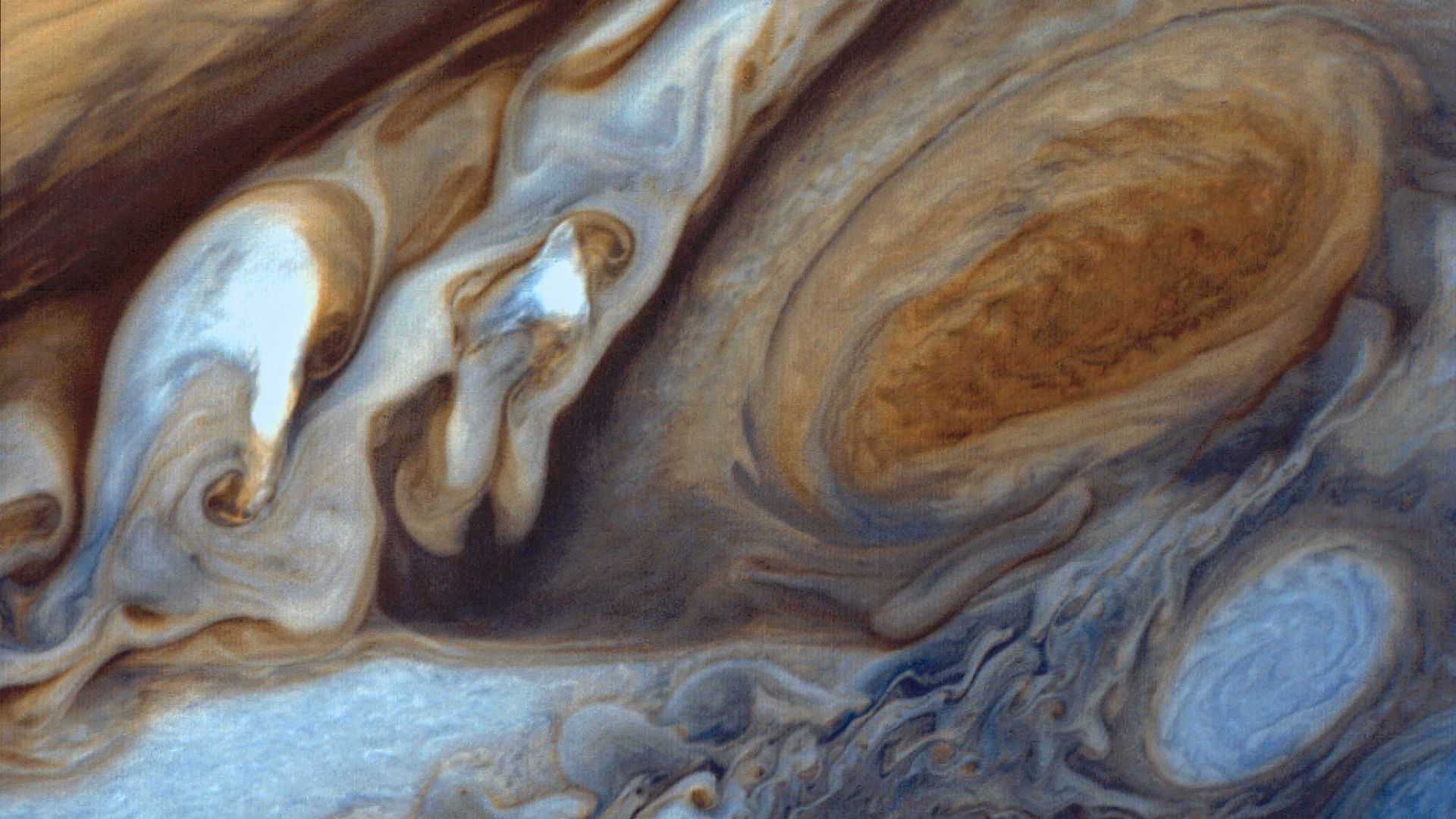 NASA, Caltech/JPL on Wikimedia
NASA, Caltech/JPL on Wikimedia
14. Fermi Bubbles
These massive structures extend 25,000 light-years above and below the center of our own galaxy. We’re not sure why they exist, or how they were created, but we do know that they’re emitting insane amounts of high-energy radiation.
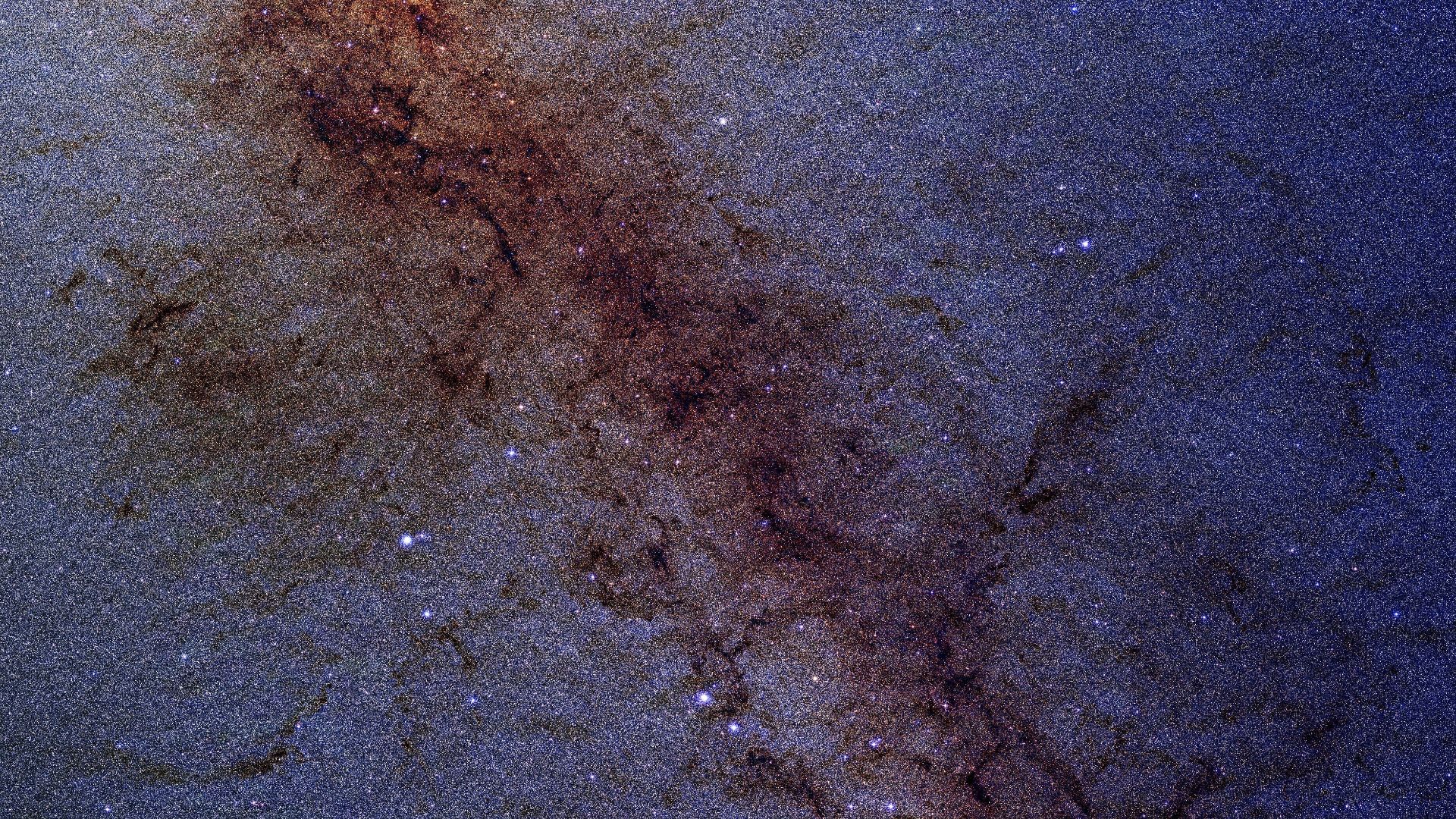 2MASS/G. Kopan, R. Hurt on Wikimedia
2MASS/G. Kopan, R. Hurt on Wikimedia
15. Supermassive Black Holes
We know and love that Muse song, but the actual space phenomena is classified to be the largest type of black hole, which exists in the center of nearly every large galaxy. Their exact formation process is still not understood, but we know that they’re billions of times larger than the mass of our sun.
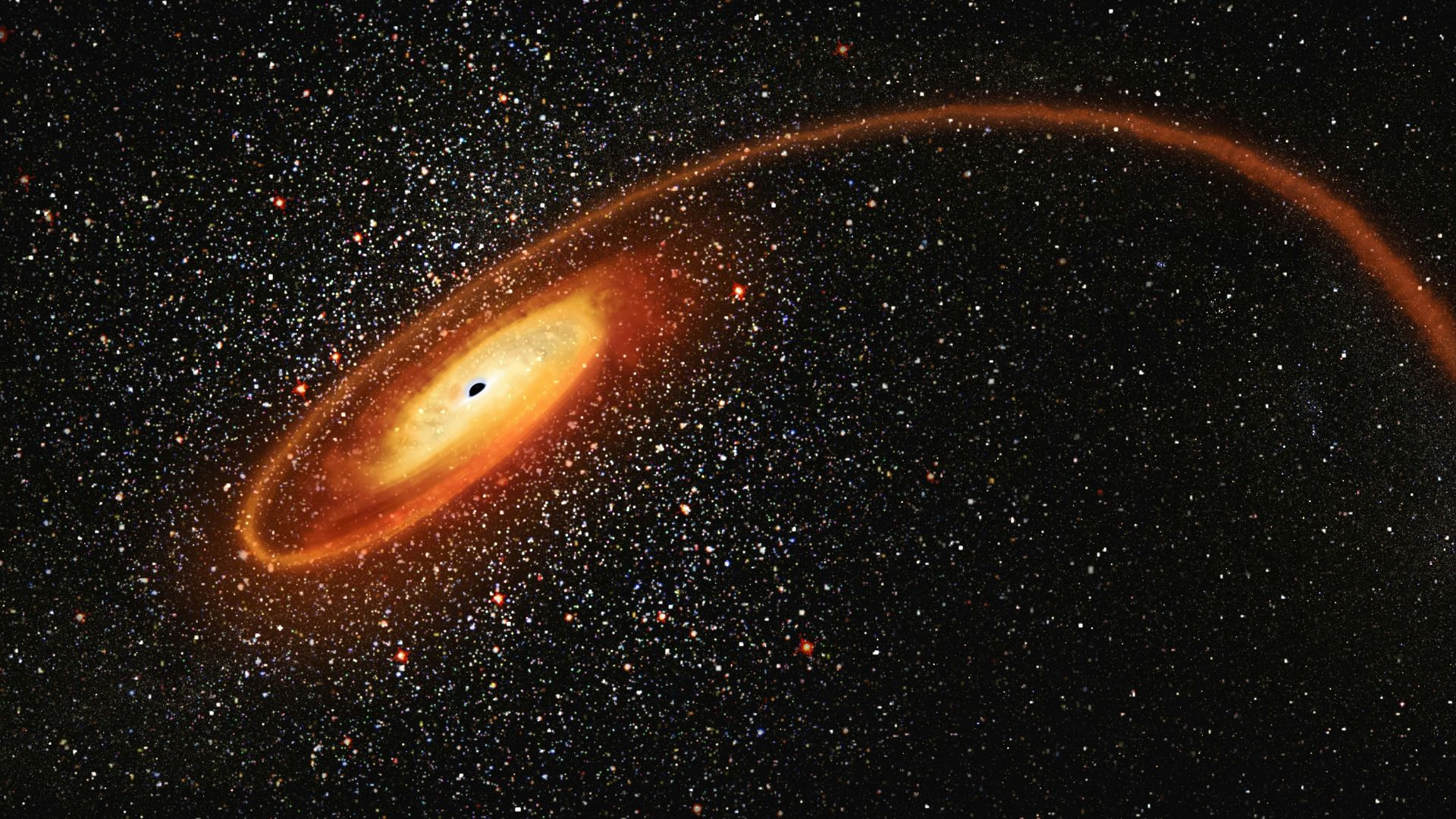 NASA Hubble Space Telescope on Unsplash
NASA Hubble Space Telescope on Unsplash
16. Our Moon’s Lost Magnetism
A long time ago, when our very own planet was nothing more than an uninhabitable ball of lava and toxic fumes, our moon stepped in to shield us from the sun’s insane solar winds. This is thanks to our moon’s once-existent magnetosphere, which connected the polar regions of each object.
17. Colliding Galaxies
A common part of the ever-evolving craziness of space, a galactic collision is a violent merge of gravitational push and pull that takes place over millions to billions of years. This event eventually leads to a single, larger galaxy, with new stars and new shapes being created.
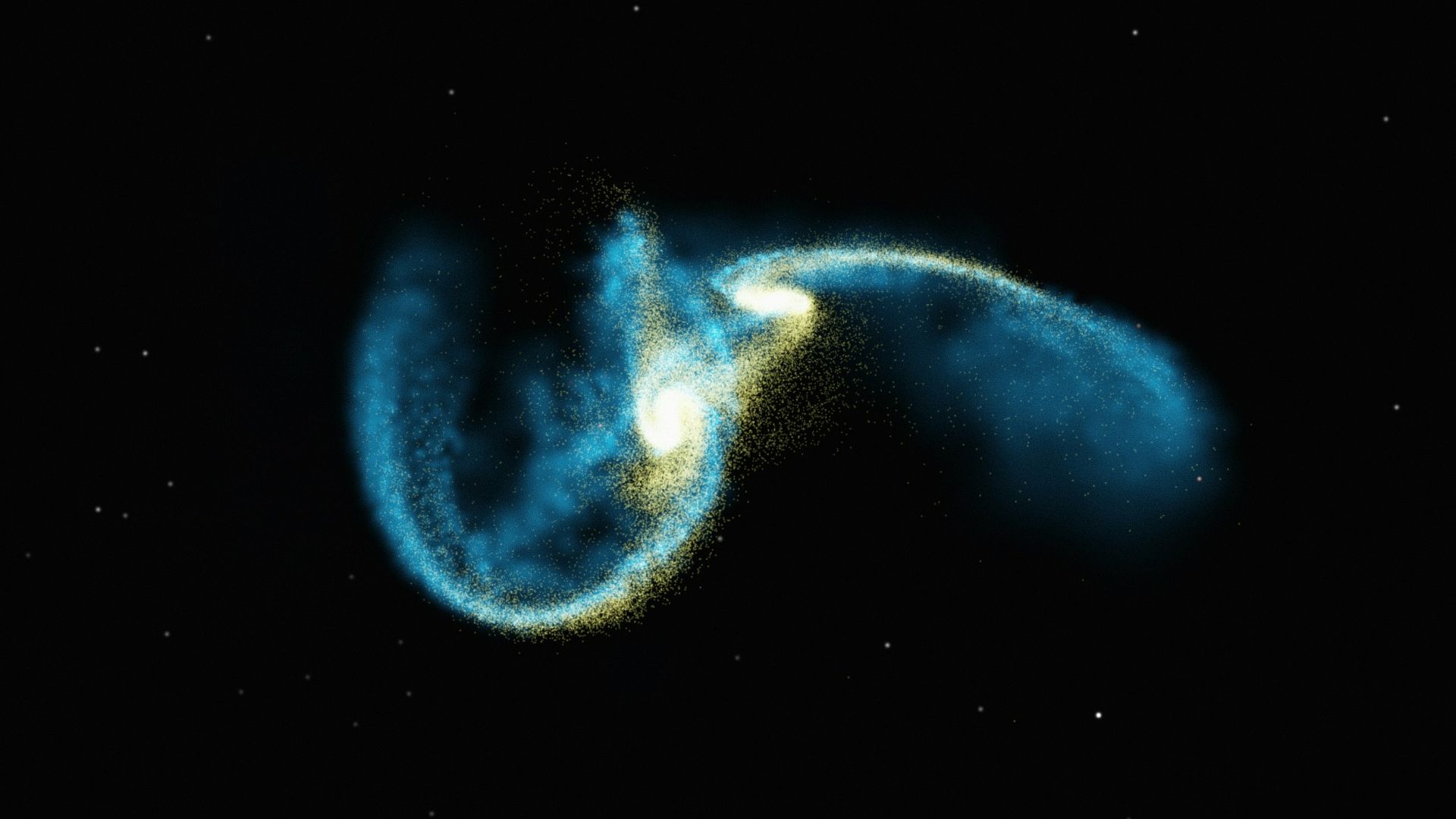 NASA Hubble Space Telescope on Unsplash
NASA Hubble Space Telescope on Unsplash
18. Galactic Recycling
Even our galaxy says to reduce, reuse, recycle! When stars die, the expelled material gets drawn back into the galaxy’s gas clouds, which form new stars and planetary systems.
 ESA/Hubble & NASA, C. Murray on Wikimedia
ESA/Hubble & NASA, C. Murray on Wikimedia
19. Supernovas
Well-known as a bright and powerful star explosion, a supernova occurs when a massive star or white dwarf is triggered into nuclear fusion. While scientists have been able to observe this phenomenon with their super telescopes, humans in the 14th and 15th centuries were able to observe two supernova events with their very own eyes.
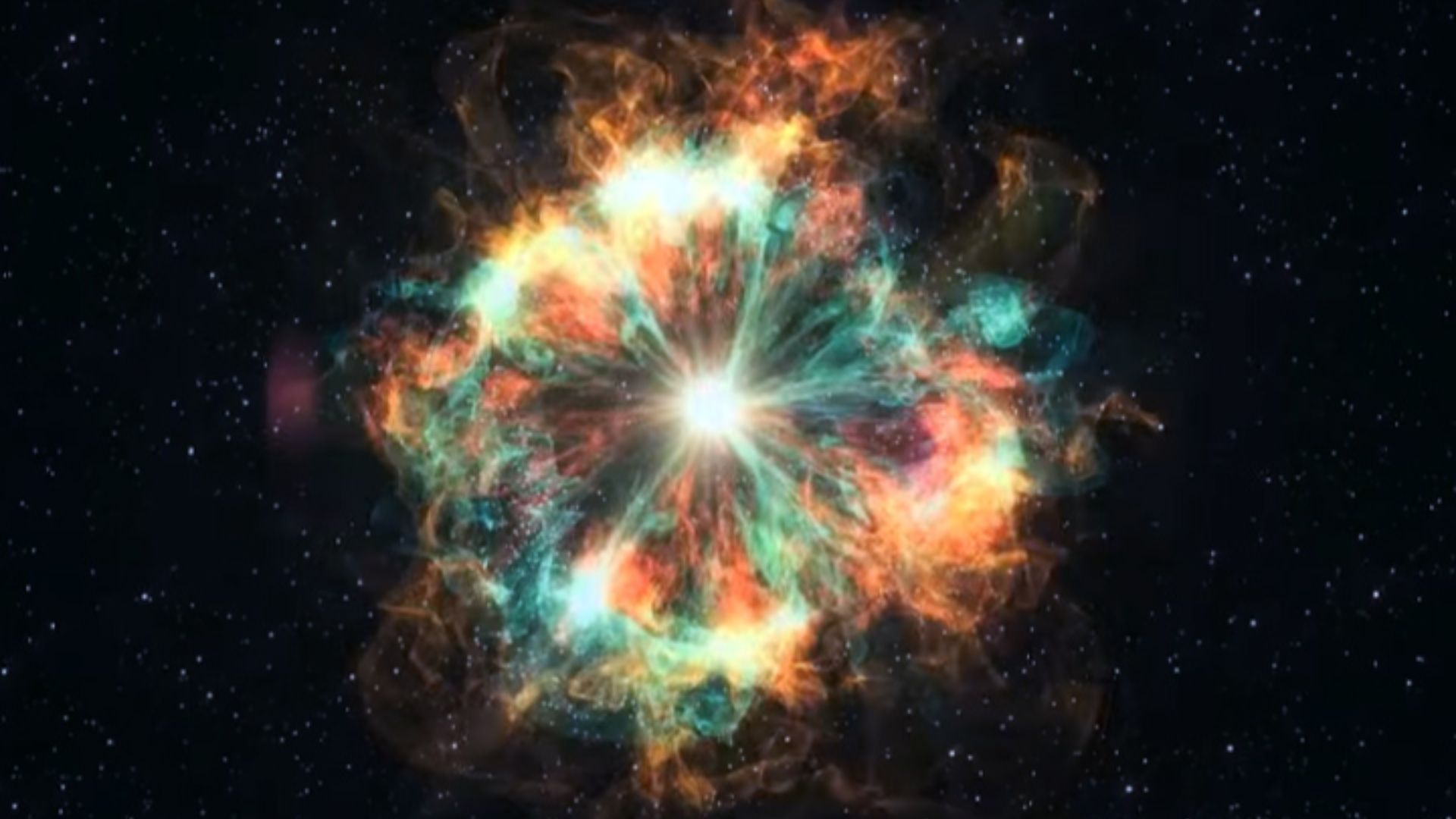 MTV International on Youtube on Wikimedia
MTV International on Youtube on Wikimedia
20. Runaway Black Hole
This incredible phenomenon occurs when three supermassive black holes collide with one another. Two supermassive black holes can create a binary system, but a third destabilizes the gravitational forces. This leads to one of the black holes being “slingshotted” into space, and it continues moving until it collides with something else.


